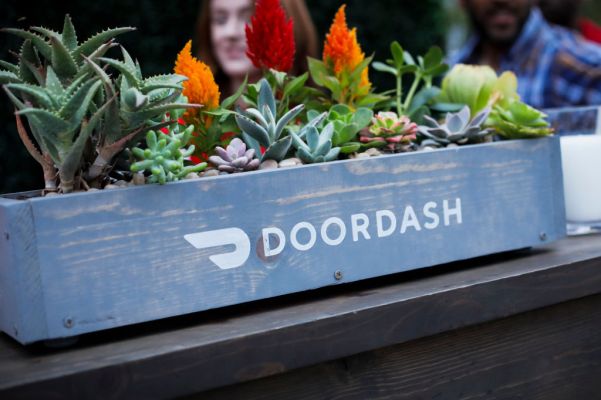Earlier today, during an eye-popping market selloff, DoorDash announced that it has privately filed to go public. The decision to file privately will allow the high-valued startup to get its S-1 documents in good order with the SEC before showing the rest of us what it has up its sleeve.
The move to announce its private filing is more interesting and could be related to prepping demand for its shares, providing some PR-cover for backer SoftBank, which could use the assist, or, perhaps, to dampen investor excitement for rival companies, in the face of DoorDash’s implied success and maturity.
Whatever the reasons behind the timing — some of which must deal with the capital requirements of long-running cash burn — the filing is a new milestone for the on-demand and gig economies. And how well DoorDash’s filing is received, predicated in no small part on its recent financial performance, will help set sentiment for a number of other, richly backed startups.
So let’s remind ourselves of what we know about DoorDash’s financial history. This will give us a workable foundation heading into its eventual S-1, and, we presume, old-fashioned IPO. (It’s hard to imagine the cash-fired engine that is DoorDash looking toward a direct listing.) We’ll dig through its fundraising, unearth what we know about its revenue over time and turn over some data concerning its hiring efforts in recent months to better understand its IPO prep.
History
DoorDash’s fundraising history is well-known but worth recalling sequentially.
